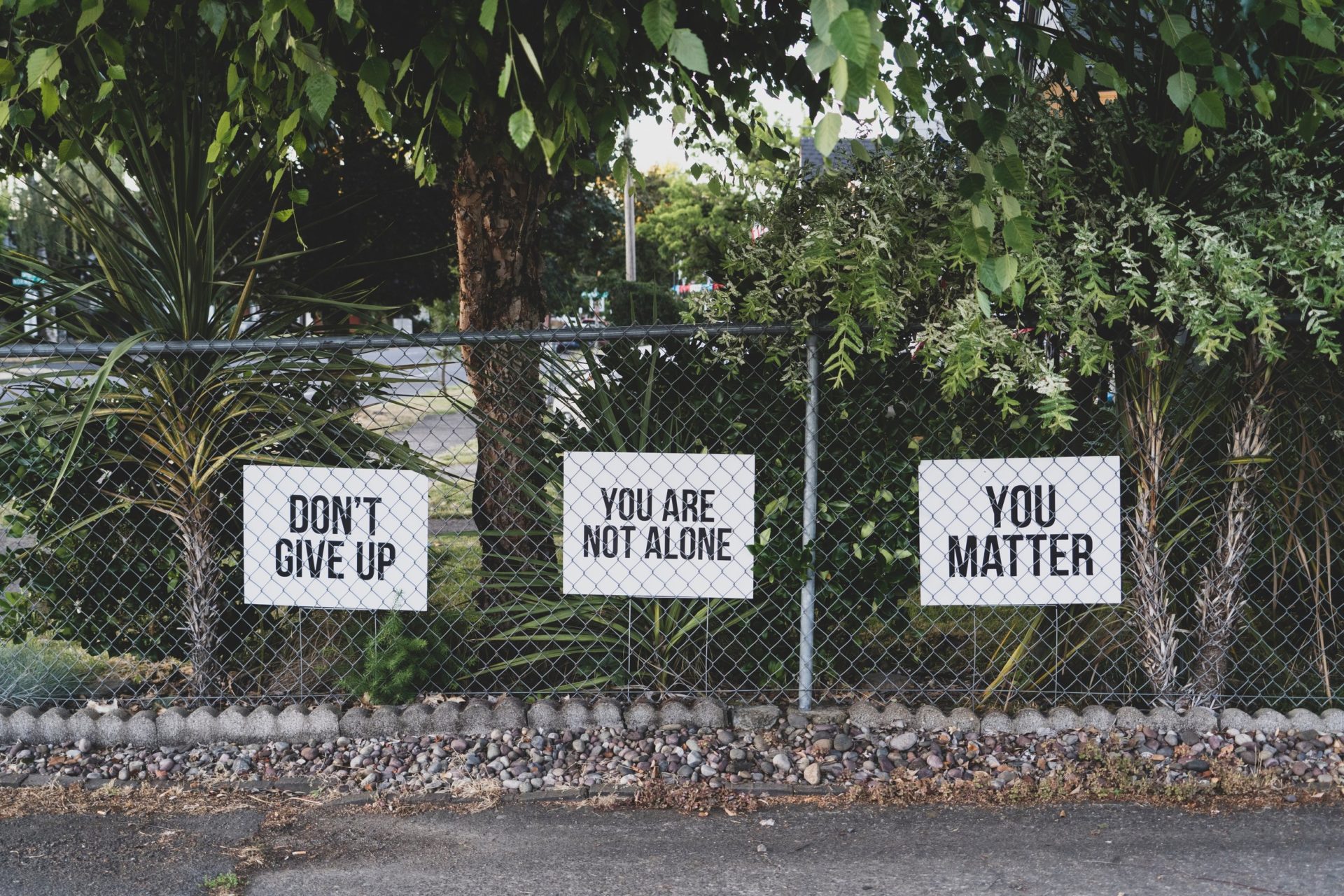
The drug world has been upended by two intersecting forces: illicit fentanyl and deceptive marketing. This deadly combination has led to an alarming and unprecedented rise in drug-related deaths in America. As a society, it is time to acknowledge that our traditional approaches to the drug problem are no longer sufficient – or even appropriate.
When my healthy 22-year-old son died of fentanyl poisoning in May 2020, I was thrust into the maelstrom created by the fake prescription pills that have flooded the U.S. streets and social media. (Charlie thought he was taking a Percocet). I have taken a deep dive into the fentanyl epidemic and related issues, speaking at length to experts in every relevant field. I was new to this, so I brought fresh legs and an open mind. Here is what I have learned.
There are three major stakeholder groups engaged in the debate about drugs in America. “Supply Reduction” refers generally to law enforcement and includes efforts to keep drugs out of the country and to prosecute drug traffickers. “Demand Reduction” is essentially drug prevention education. “Harm Reduction” is the group behind efforts to make drug use safer and to decriminalize many (if not all) substances.
Individually, none of these traditional approaches will adequately address the new dynamics created by potent synthetic drugs like fentanyl and the now common practice of selling them to consumers without their knowledge or consent. But each of them has much to contribute to the comprehensive and innovative national strategy we need. It is time for these groups to come together. It is also time to invite new experts into the conversation, leverage their know-how and find new ways to collaborate.
Interdiction:
Drugs will always be regulated, so supply reduction and enforcement are with us to stay. But the game has changed. Potent synthetics are cheap, easy to produce, and very difficult to detect. Distribution has moved online, and our adversaries are now chemists, not farmers.
We should abandon the military lingo and tactics in favor of Game Theory and technology. We will always need boots on the ground, of course, but the game will be won by outsmarting the traffickers, not overpowering them.
Law enforcement agencies have decades of institutional knowledge about drug traffickers’ methods and tendencies. This is invaluable to our national response. The new approach will be more sophisticated, leaning more on intel, drones, surveillance, logistics, and data analysis.
Deceptive Dealers:
Common knowledge holds that people are at risk when they consume an unknown substance or random dosage. From West Point cadets on spring break to college students consuming fake Adderall, there are stories everywhere of young people overdosing after purchasing drugs that were unknowingly laced with fentanyl. The new business model of drug dealers relies on the practice of hiding fentanyl in fake pills or street drugs and passing them off as something else. Dealers engaged in these practices are fraudsters and conmen. They should be treated as such.
Harm reduction advocates rightly insist that drug users be treated in a way that acknowledges their individual circumstances and lived experience. We should give drug dealers the same consideration. Some dealers might be supporting their own habit by selling to friends; others are hardened businesspeople who knowingly risk the lives of their customers for profit. Law enforcement and the courts should have the discretion to treat every drug trafficking case on its individual merits.
Drug Testing:
To drug traffickers, synthetics like fentanyl represent a “better mousetrap.” Cheap plus potent equals profit. There are scores of amateur keyboard chemists scouring the dark web for the next breakthrough substance. In this environment, drug testing will help consumers make informed decisions.
The key is to match the test with the substance. Fentanyl test strips are being promoted as the answer to the current crisis, and they should be legal in every state. But their current applications are “off label,” not approved by the FDA and they are of limited utility when testing pills (try searching “the chocolate chip effect”). Plus, they may become obsolete as new synthetics emerge, like nitazines. We should encourage investment in drug testing technology to cover new substances and provide effective, affordable tools for the consumer market.
Naloxone (Narcan):
This highly effective antidote to opioid overdose should be available and affordable, everywhere and without a prescription. The nasal spray should be in every first aid kit in every household; in every college dorm and fraternity; and in every high school nurse’s office.
Drug Education:
It is time to change the way we talk to kids about drugs in America. Today’s youth have grown up with tons of information at their fingertips. They want to know where to find reliable resources so they can make their own decisions. They resist judgment and moralizing. They don’t want instruction so much as guidance.
Let’s acknowledge that using substances to alter our mood is a natural human behavior. After all, the majority of US adults drink either alcohol or coffee. The key is to establish a relationship with drugs that allows us to live healthy and meaningful lives. In the age of fentanyl and fakery, navigating the drug landscape is akin to stepping into a minefield – you need to know the lay of the land if you are going to venture there.
That’s why we should update “Just Say No” to “Just Say Know.” Let’s give our kids the truth about drugs: Yes, they feel good, and, yes, they can damage your brain and body. Emphasize the scienc
e and the lessons learned from educators, adolescent health experts, recovery professionals, and others. Develop programs that integrate healthier coping skills and deemphasize the party culture that confronts our kids at every turn.
Social Media:
Drug transactions have moved from the dark web to social media. The platform companies need to be part of the solution. Deceptive marketing elevates online drug selling to the level of child endangerment, akin to sex trafficking. While it is popular to blame and confront social media, invite them to the table instead. Take advantage of their algorithms to target awareness messaging. Leverage their technology and data to identify dealers, disable accounts and report bad actors to authorities.
Safe Supply:
Advocates for decriminalization claim that “drug prohibition” forces people into the more dangerous black market, so access to legal, regulated drugs would reduce death rates. But legal and regulated Oxycontin kicked off the opioid crisis that continues to unfold today. And regulation adds cost, which increases incentives to produce cheaper counterfeits.
The distinction between legal medicines and illegal drugs is blurry. We have always made value judgments in the process of deciding which substances fall into which category. All drugs are not created equal, and highly potent substances should be restricted to their medically supervised use. We should also thoughtfully consider limited decriminalization and increased access to certain drugs, like buprenorphine for medically assisted treatment.
Conclusion:
All stakeholders agree that the current drug environment is more complex and volatile than ever. Broad strokes and generalizations fall short, and there is no “one size fits all” solution. We can’t arrest, moralize, or legalize our way out of this. It’s time to break things down into their component parts and match the right solutions to specific demographics and circumstances.
Furthermore, new categories of victims have emerged for whom our traditional solutions were not designed. Safe injection sites may help some of the estimated 500,000 intravenous drug users in America, but they do nothing for the high schooler who seeks out a pill to relieve their anxiety. We should treat these as distinct problems and develop targeted solutions for each that include the best ideas from the supply reduction, demand reduction, and harm reduction schools of thought.

Ed Ternan
Ed Ternan and his wife, Mary, co-founded the non-profit, Song for Charlie, to raise awareness about fake pills made of fentanyl. Ed is one of the leading organizers of and partners with the first ever National Fentanyl Awareness Day this May 10th. Ed is also an active member of day’s Advisory Council.
The Ternans believe the best way to address the problem is to reduce the demand for prescription meds by warning people of the prevalence of fake pills and offering healthier alternatives for managing stress. They are also determined to cut through the misinformation that exists about the fentanyl epidemic and provide fact-based resources directly to young people in plain language.






